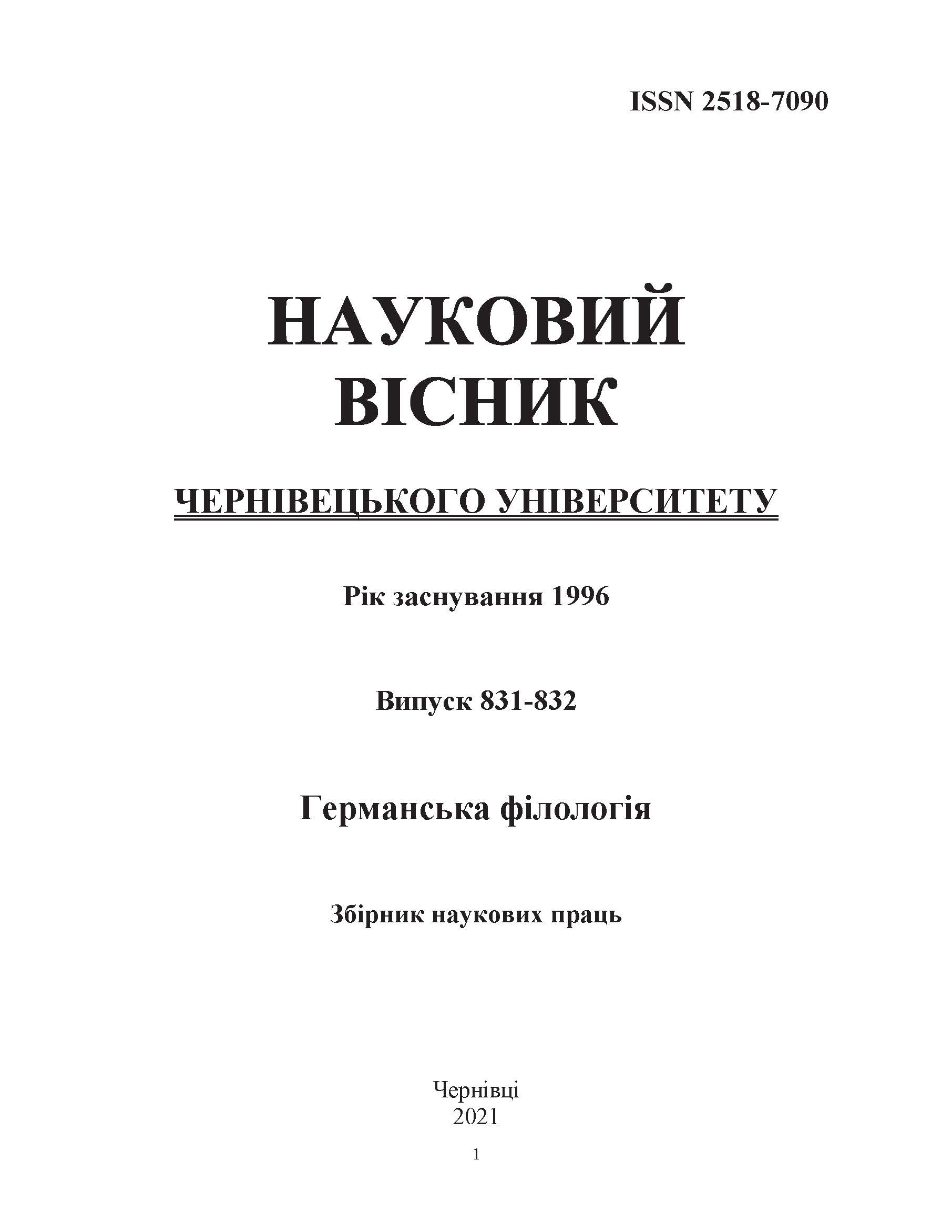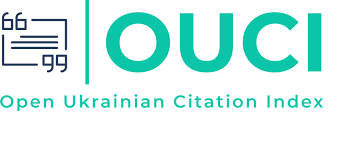МЕНТАЛЬНИЙ РЕСУРС СУЧАСНОГО АНГЛОМОВНОГО ГАСТРОНОМІЧНОГО РЕКЛАМНОГО ДИСКУРСУ
DOI:
https://doi.org/10.31861/gph2021.831-832.18-34Ключові слова:
дискурс, англомовний дискурс, гастрономічний дискурс, рекламний дискурс, естетичний дискурс, автохтон, міжавтохтонні зв’язкиАнотація
У статті викладені результати дослідження та порівняння ментального ресурсу двох видів сучасної англомовної гастрономічної дискурсивної практики – гастрономічного рекламного (САГРД) та естетичного (САГРЕД) дискурсів. Встановлено та за допомогою лінгвоквантитативних методів статистично верифіковано основні складові концептосистем – дискурсотвірні концепти-автохтони, а також системні зв’язки між ними. Відтворення встановлених особливостей концептосистем у когнітивних картах дозволило виявити спільні та відмінні риси в осмисленні гастрономічного рекламного дискурсу різними представниками англомовної спільноти – середньостатистичними споживачами та естетами-гурманами. Зокрема встановлено, що каркас концептосистем складають 49 (для САГРД) та 48 (для САГРЕД) автохтонів, які фіксують основні ментальні домінанти для когнітивно- комунікативної діяльності сучасного англомовного середньостатистичного споживача та естетичного гурмана у гастрономічному сегменті життєдіяльності. Так, значущими для англомовного середньостатистичного споживача є вода та напої, випічка, солодощі та молочні продукти, фаст фуд, збереження (замороження та консервування) продуктів, їжа для тварин, здорове харчування, смак та відчуття, поживність, бренд та ціна продукту. Натомість у САГРЕД актуалізується знання про страву як естетичний витвір з особливими інгредієнтами, що споживається в особливих часових та темпоральних умовах, готується в особливий спосіб, викликає особливі відчуття, є корисним, має особливу поживність, дієтичні властивості та презентується у блозі – особливій рубриці з темою, викладенням досвіду автора, його почуттів та емоцій, насамперед естетичної насолоди.







